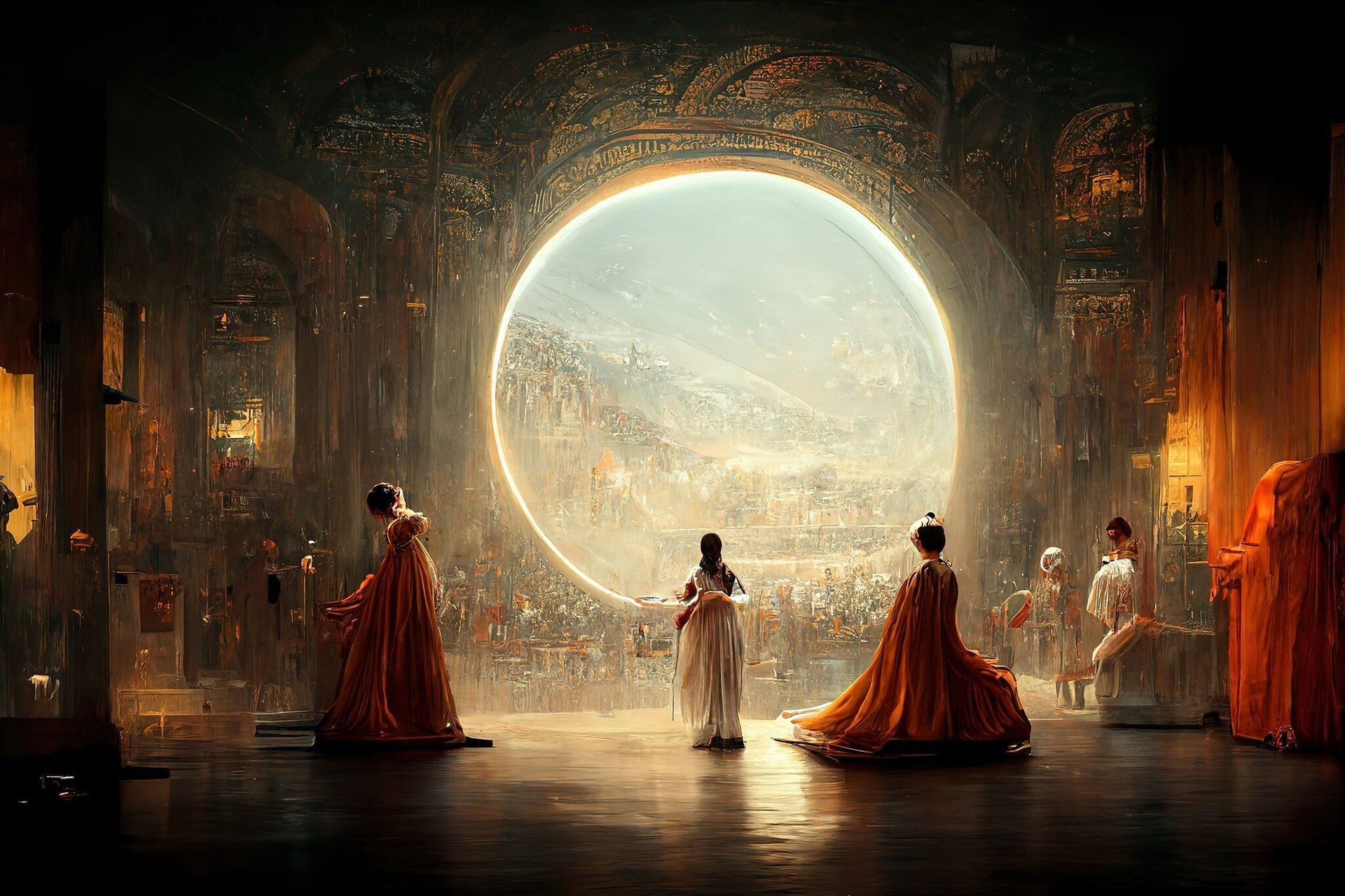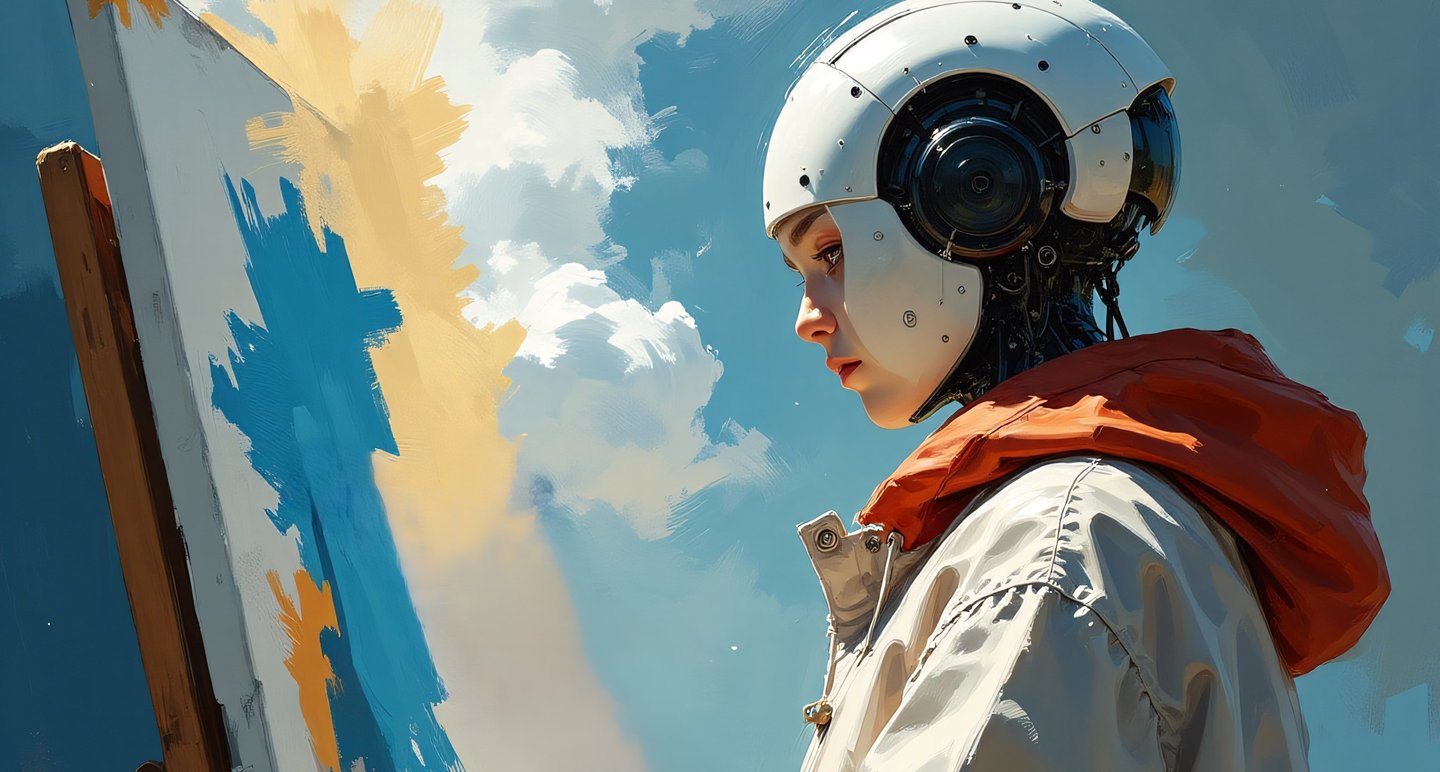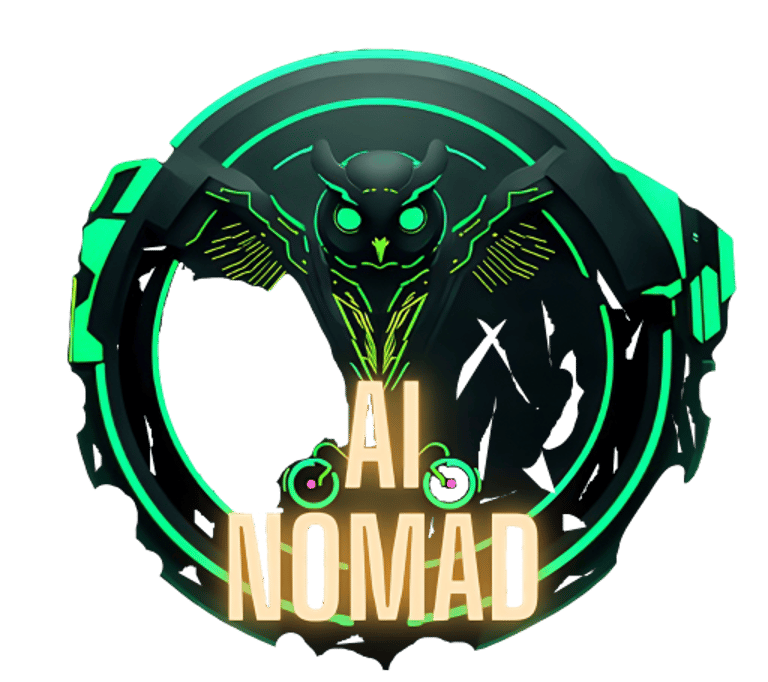
Théâtre d’Opéra Spatial: Should It Be Copyrighted? My Opinion as an AI Art Content Creator
In this blog post, we explore the controversy surrounding Jason M. Allen's AI-generated artwork, "Théâtre d’Opéra Spatial", and the debate on whether AI-generated art should receive copyright protection. As an AI art content creator, I offer insights into the complexities of AI artistry, the ethical considerations, and why certain AI-generated works deserve recognition and protection under copyright law.
AI
Ai Nomad
10/10/20242 min read


Théâtre D'opéra Spatial an award-winning image artist Jason M. Allen made using AI.
Background story about Théâtre D'opéra Spatial
The creator Jason M. Allen calling for the fight for AI art copyright protection
Introduction
The controversy surrounding Jason M. Allen's AI-generated artwork, "Théâtre d'opéra spatial," has sparked an intense debate about the eligibility of AI art for copyright protection. This legal battle raises fundamental questions about the nature of creativity and authorship in an age where artificial intelligence plays an increasingly prominent role in artistic expression.
As AI technology evolves, it challenges traditional notions of what constitutes art and who is entitled to claim ownership over it. The ongoing discussions highlight the necessity for lawmakers and society to reevaluate existing copyright frameworks to accommodate the unique characteristics of AI-generated works. This situation emphasizes the urgency for a clear understanding of intellectual property rights in a world where the boundaries between human and machine-created art are increasingly blurred.


Should AI-Generated Art be Eligible for Copyright?
In determining whether AI art deserves copyright protection, we must look beyond the mere use of AI tools. The central question should focus on the originality and impact of the artwork. Here are some key points to consider:
Unprecedented Creations
AI-generated artworks that present novel expressions never before seen in the history of human art should be considered for copyright. These artworks often push the boundaries of creativity and provide unique visual experiences that challenge traditional perceptions of art.
Complexity of Prompts
If the creation of an AI artwork requires the use of intricate and sophisticated prompts, involving technical jargon, artistic elements, and extensive experimentation, the creator's contribution becomes significant. Such artworks reflect the creator's vision and expertise, warranting recognition and copyright protection.
Role of AI Tools
It is crucial to acknowledge the varying levels of involvement by AI tools in the creation process. If an AI tool is simply used to generate an artwork based on a straightforward prompt, the value lies more in the tool itself. However, when the creator meticulously crafts the artwork using multiple models, fine-tuning elements like composition, atmosphere, color, and style, the artist’s contribution becomes paramount.
Ethical Considerations
A common argument against AI-generated art is that these tools often use models trained on existing artworks without explicit permission from the original creators. While this concern is valid, it does not universally apply to all AI-generated art. If an AI content creator uses various models to avoid direct imitation and combines elements from different sources to create something new, the resulting artwork should be judged on its own merits.
The Value of AI Art in the Creative Ecosystem
AI tools have the potential to revolutionize the creative industry by accelerating processes and reducing costs. For instance, producing high-quality animation or CGI often involves significant time and financial investments. AI tools can help streamline these processes, making them more accessible and sustainable for creators.
Conclusion
The debate over AI art and copyright is complex and multifaceted. However, by recognizing the creator's role and the uniqueness of the artwork, we can develop a fair and balanced approach to copyright protection. It is essential to establish a system that rewards and protects AI artists who invest significant effort and creativity in their work, ensuring the continued growth and evolution of the creative industry.
